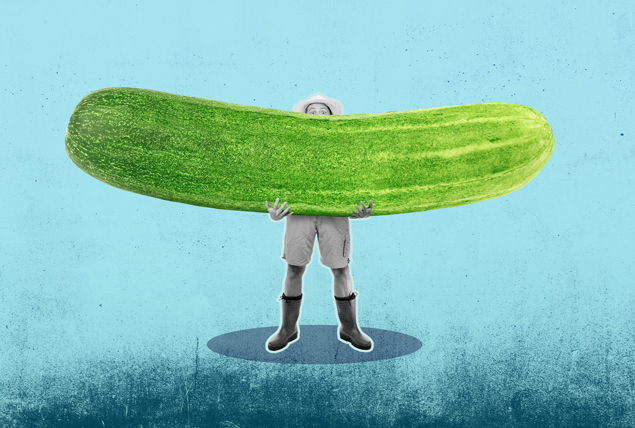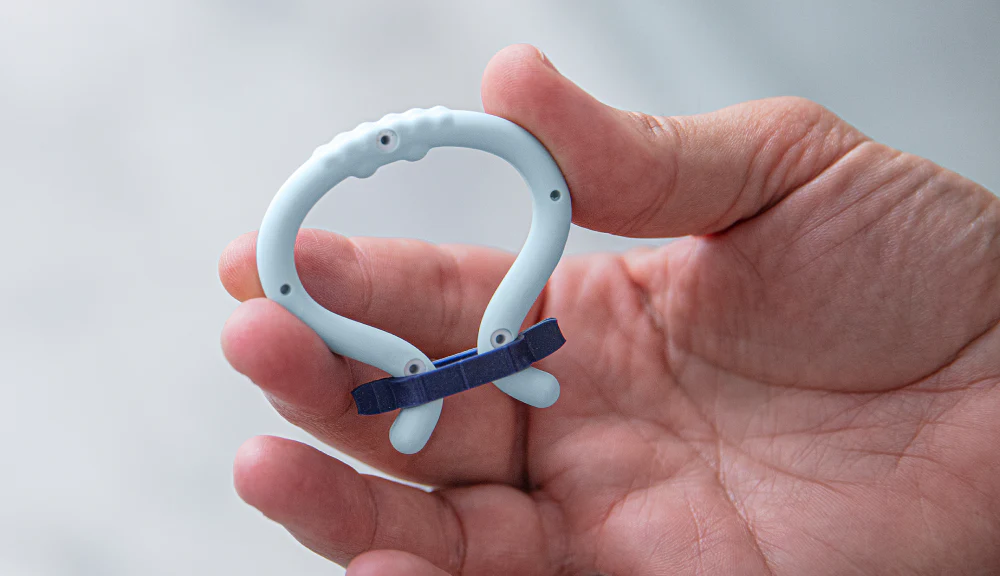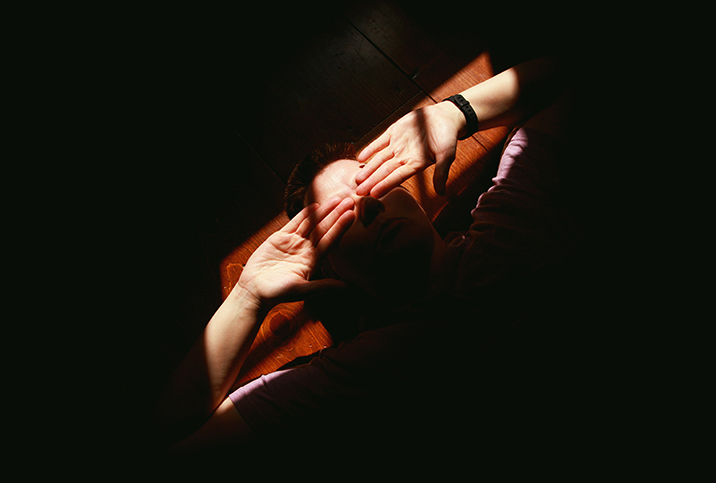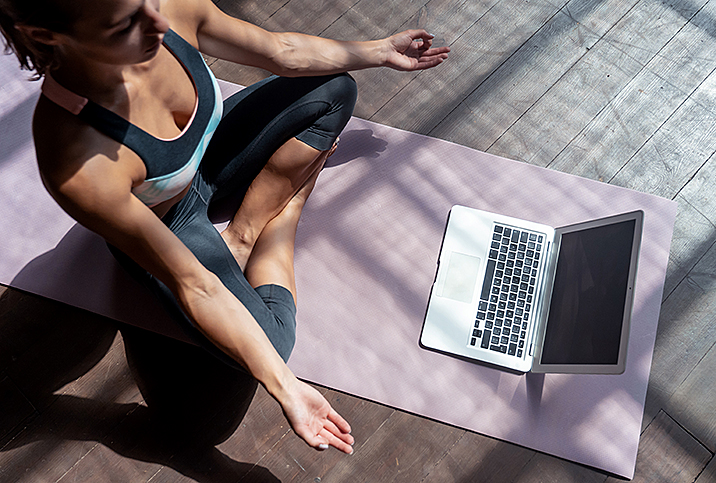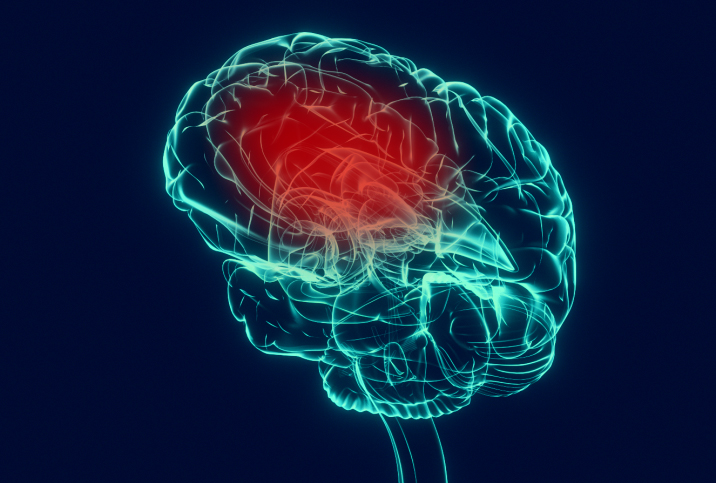Battling a Panic Attack Head-On

A panic attack is a sudden, overwhelming sense of extreme fear or foreboding, during which individuals become highly anxious and feel they are losing control despite no apparent stressor or threat. Risk factors include a family history of panic attacks, extreme stress, certain tendencies in cognitive processing and temperaments prone to negative feelings.
While a panic attack isn't dangerous, a person's response can be. Knowing what's going on and what to do can significantly improve outcomes, reduce the intensity and duration of the attack, and ensure you stay safe until it passes.
How can you recognize a panic attack?
People who have experienced a panic attack may believe they were having a coronary event, because symptoms include increased heart rate, chest pain, sweating, trembling, shortness of breath, nausea, dizziness and a sense of doom. The difference is most panic attacks peak in a few minutes. Over time, sufferers often are able to identify triggers, making it easier to predict and prepare for subsequent attacks.
What to do
A panic attack can be just as terrifying as it sounds. Here's how to move past and conquer your fears:
- Sit down and take deep, slow breaths, in through your nose and out through your mouth.
- Try a muscle relaxation technique. Starting with your head, slowly check in with each muscle group and allow each to relax as you work your way down the body.
- Close your eyes if you're in a safe space—decreasing stimuli can help. Even better, picture a place you find relaxing, such as a beach or forest. Repeat a mantra such as "I am strong and in control" or "This, too, shall pass"—whatever helps you feel grounded.
- If you're with someone, explain what's going on. If you're alone, consider phoning someone you trust and asking them to talk to you while you wait for the attack to pass.
- Have a few sips of water. If you're home, try chamomile tea, which may promote relaxation.
- Use a calming essential oil roller (such as lavender or peppermint) on your wrists, temples and back of the neck.
- If there's a certain song or meditation you find calming, grab your headphones and give it a try.
- Go for a walk. Try focusing on the sound of the birds chirping or an image of you and a friend—something to divert your attention from stressors.
- If your doctor has prescribed medications (such as benzodiazepines), take them as soon as you feel symptoms coming on. If your panic attacks occur frequently despite being on benzodiazepines, ask your doctor about taking antidepressants such as selective serotonin reuptake inhibitors (SSRIs) and also ask for a referral to a licensed therapist.
What not to do
Don't try to fight your symptoms or deny them. Most people can't wish themselves out of a panic attack or fight their body to get out of it. Try to accept what's happening, stay present and focus on simple actions, such as breathing.
Once an attack has passed, try not to let fear of another one keep you from enjoying life. A doctor or therapist can help you develop a plan to deal with your condition safely.
Prevention
Being hungry, angry, lonely or tired (HALT) increases the risk of a panic attack. Fuel your body with a healthy, balanced diet, stay hydrated and energized and get plenty of sleep; minimize caffeine, smoking and alcohol. Create a consistent practice of stress-relieving activities and mindfulness. Connect with family and friends often. Exercise regularly, as moving your body increases feel-good hormones and reduces anxiety and stress and therefore, the potential for an attack.
A panic attack may feel like your world is ending, but the threat is in your head. Remember that, and remind yourself you're stronger than any menace your brain can fabricate. With a few simple techniques, you'll be able to move past it and get on with your day.







